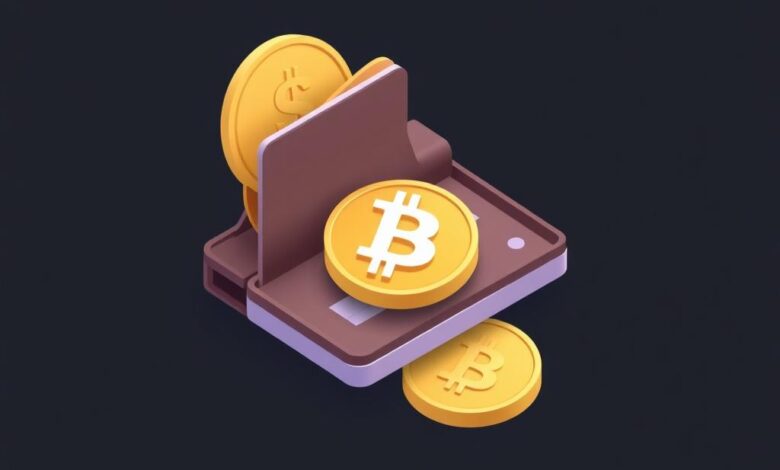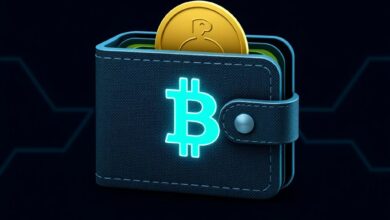Offline crypto storage – how to stay secure

Utilize hardware wallets for your assets. These devices store private keys offline, significantly reducing exposure to online threats. Ensure you purchase them from reputable sources and verify their integrity upon receipt.
Create multiple backups. Store copies of your recovery phrases and wallet files in secure locations–both physically and digitally. Use fireproof safes for physical copies and encrypted USB drives for digital ones, keeping them separate to mitigate risks.
Employ encryption techniques for sensitive data. Strong encryption adds an additional layer of protection, ensuring that even if someone gains access to your backup, they cannot easily retrieve your keys without the necessary credentials.
Regularly update your security practices. Stay informed about potential vulnerabilities and adapt your methods accordingly. Engaging with communities focused on asset safety can provide valuable insights into emerging threats and protective measures.
Choosing Hardware Wallets
Select a hardware wallet with a strong reputation in the market, prioritizing models that have undergone independent security audits. Look for devices that support multiple coins while ensuring robust encryption methods are used to safeguard private keys.
Examine the user interface and ease of use. A wallet that is intuitive can prevent mistakes during transactions, which is vital for maintaining your assets’ integrity. Always check for firmware updates, as these often include crucial security patches.
Consider wallets that offer additional layers of protection, such as biometric authentication or PIN codes. These features enhance defense against unauthorized access and improve overall asset safety.
Evaluate the manufacturing company’s transparency regarding their security practices and customer support. A trustworthy provider will openly share information about their product’s security features and how they handle potential vulnerabilities.
Lastly, purchase directly from the manufacturer or authorized retailers to avoid counterfeit products. Ensuring authenticity is a key factor in maintaining optimal protection for your investments.
Creating Secure Backups
Create multiple copies of your private keys and recovery phrases, ensuring they are stored in different physical locations. A fireproof and waterproof safe is ideal for safeguarding these sensitive materials.
Utilize high-quality, durable materials for writing down your information. Use non-erasable ink on acid-free paper to prevent degradation over time. Consider engraving the details on metal plates as an alternative for longevity.
Encrypt digital backups with robust passwords or use software that allows you to encrypt files before storage. This adds an extra layer of protection against unauthorized access.
Regularly update your backups whenever there are changes to your wallet or assets. Schedule periodic checks of the integrity of your stored data to ensure it remains accessible and intact.
Avoid cloud storage solutions for critical backups, as they may expose your information to online threats. Instead, keep them on external drives that can be securely disconnected from any network.
Implement a backup strategy that includes both physical and digital methods. This dual approach provides resilience against various forms of loss, whether accidental damage or theft.
Share backup locations only with trusted individuals, if necessary. Limit knowledge of the exact whereabouts to minimize risks associated with potential breaches.
Storing Seed Phrases Safely
Utilize a fireproof and waterproof safe to store your seed phrases. This ensures maximum protection against physical damage.
Consider splitting the seed phrase into segments. Store each segment in separate secure locations. This approach minimizes risk; if one location is compromised, others remain intact.
Avoid digital storage methods for these crucial pieces of information. Paper notes are preferable, but ensure they are encrypted or written in code to add an extra layer of security against unauthorized access.
Regularly review your storage strategy. Assess whether current practices meet the necessary standards for safeguarding these critical assets.
Select reputable encryption tools if you choose to digitize any part of this process. Encrypt files meticulously before storing them offline, ensuring that only you have access to the decryption key. Regularly update your security measures as new threats emerge in the field of asset protection.
Regularly Updating Firmware
Ensure your hardware wallet’s firmware is consistently up to date. This practice enhances protection against emerging threats and vulnerabilities.
- Visit the manufacturer’s website regularly for announcements regarding firmware updates.
- Verify the authenticity of the update by checking cryptographic signatures provided by the manufacturer.
- Perform updates in a secure environment, preferably disconnected from the internet, to mitigate risks during the process.
Avoid using outdated versions, as they may contain known flaws that attackers could exploit. By keeping your wallet’s software current, you reinforce its defenses and maintain confidence in your backup strategy.
Before initiating an update, ensure you have securely stored your recovery seed phrase. In case anything goes wrong during the update, having this information will allow you to regain access to your assets without hassle.
Stay informed about any new features introduced with updates; they might offer improved functionalities that further enhance your offline wallet experience.
Avoiding Public Exposure
Never disclose the existence of your cold wallet or backup to anyone. Maintain anonymity around your holdings to deter potential threats. When discussing finances, use general terms and avoid specifics that could reveal your investments.
Be cautious in public spaces. Limit conversations about your assets in crowded areas where eavesdropping is possible. Even casual remarks can attract unwanted attention.
Secure your environment while accessing your offline wallet. Choose private locations and refrain from using public Wi-Fi, which can expose sensitive information. Utilize a dedicated device for transactions and keep it isolated from the internet when not in use.
Consider using an inconspicuous storage method for your wallet. Instead of traditional safes, explore unique items that blend into everyday life, making them less likely to draw suspicion.
Regularly assess your surroundings and be aware of who may have knowledge of your financial activities. Trust only those who have proven their discretion over time.
Implement multifactor authentication wherever applicable, even on devices used for managing backups. This adds an extra layer of protection against unauthorized access.
Lastly, educate yourself about social engineering tactics that attackers might use to extract information inadvertently. Awareness is key to maintaining privacy and safeguarding your assets effectively.







